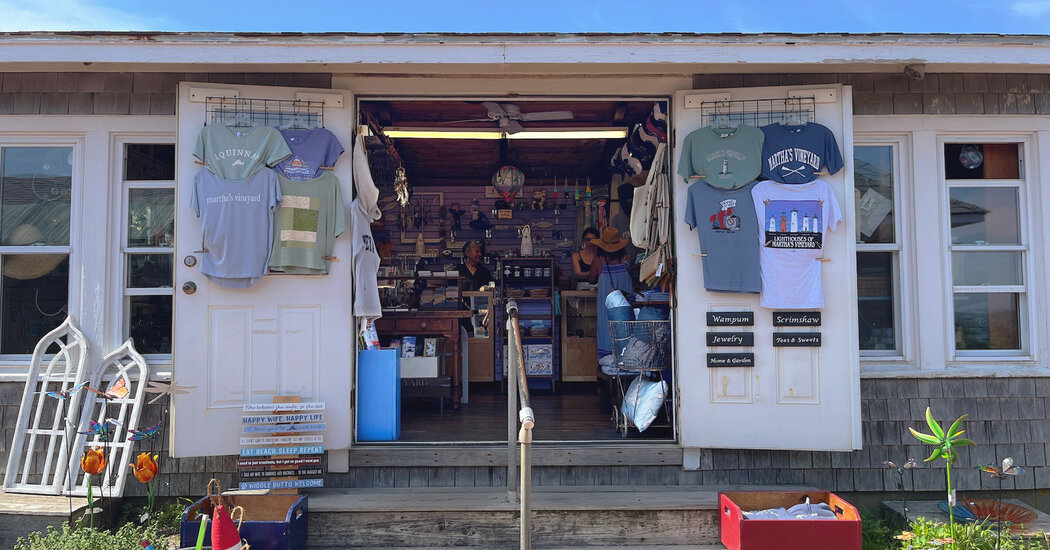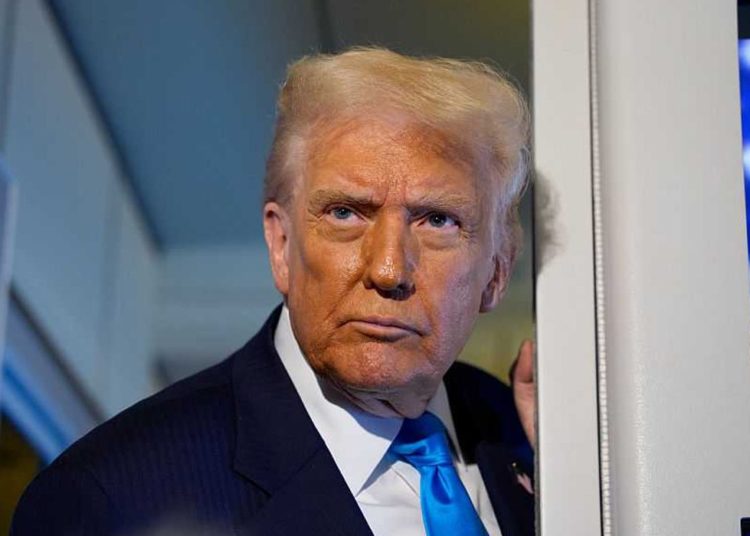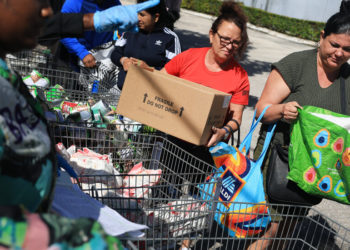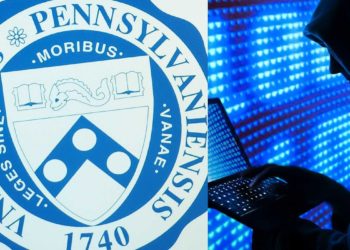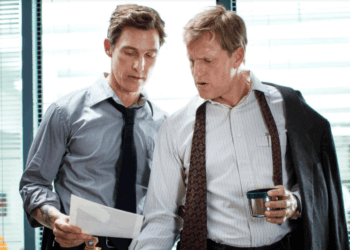Every summer from when I was old enough to make change until after I graduated from college, I worked in my family’s gift store on Martha’s Vineyard in Massachusetts.
I grew up in the rhythm of the store. The season began in the spring and steadily ramped up throughout the summer, reaching a crescendo with the August crowds. I learned how to fold a T-shirt and talk to strangers.
But one thing I never fully got used to was customers’ surprise when they found out that my family was Aquinnah Wampanoag and the few shops in our town were all owned by tribal members. Or, to be more precise, I never got used to the things they said when they found out.
But even as I resisted their ignorance, I was forced to reckon with how little I knew about my own identity and community.
People would tell me they wished they were Native or that they must have been in a past life because of their spiritual connection to nature. Sometimes they asked me my tribal name or wanted to take a picture with me. I still wonder what they do with those pictures.
I’ve been asked if Wampanoags use iPhones and live in houses. Although few of them said it, I knew what they were looking for: a kind of combination of Crazy Horse legends and the infamous crying Indian from the 1971 “Keep America Beautiful” ad. When I — who spent fall, winter and spring in Newton, Mass., and would later move to New York City — didn’t meet those expectations, they often seemed disappointed.
My grandparents opened the store about 50 years ago, and my parents took it over when I was in elementary school. We sell a range of souvenir items like hats and keychains, along with handmade jewelry and other local goods.
Most people don’t expect to meet Indigenous people in a place like Martha’s Vineyard, which is primarily known for being a fancy vacation destination. They’re also usually surprised because I don’t look like what most people assume Natives look like. (My dad is Chinese American, and my mom is half Japanese.) Sometimes people would push back, saying that I might be technically Wampanoag but because I didn’t live the way my ancestors did, I wasn’t really.
That’s what American education and popular media has taught: Indigenous people have largely disappeared, their way of life incompatible with the modern world. That seems especially true on the East Coast, where America’s colonial story began.
Like everyone, I learned about the Mayflower and the first Thanksgiving in school. The Wampanoag people were key features of those early American tales but never seemed to pop up again once our lessons moved beyond early American history.
Even though I grew up going to tribal summer camp and events like our annual cranberry harvest, I had many of the same blind spots most Americans do. Beyond cursory entries in history textbooks, I knew that my tribe had survived, but I never really knew what happened in between those moments and my childhood. It would take me looking well beyond Martha’s Vineyard to truly understand my tribe and our history.
Though I knew Indigenous identity was more than stereotypes, I struggled to see what else it could be. And I struggled to see if that identity fit me. Maybe, I thought, I really was less Wampanoag because I didn’t speak our language or know how to hunt. Even though I resisted customers’ oversimplified and commodified version of Native identity, the store was the part of my life where I thought and talked about what it means to be Native the most. And because I was constantly pushing back against what other people thought Native identity was, I had no time or space to figure out for myself what it actually was.
Today, Indigenous people often stress the political rather than the racial or cultural nature of our identity. There are 574 sovereign, federally recognized tribes in the United States, and all have their own policies and rules for membership. My tribe, for example, uses what is called lineal descent; to become members of our tribe, people must be able to trace their ancestry back to someone on a 19th-century census that the state took. It is an imperfect system, relying on a list created by a government with no desire to protect our community. Other tribes use different methods, like a minimum one-fourth or one-eighth blood quantum to be an enrolled member.
But outside the store, it was hard to feel that kind of political citizenship in my everyday life. I wanted to find a form of Indigenous identity beyond clichés or my tribal ID card. I realized that if I wanted to really understand Wampanoag identity and Indigenous identity more broadly, I would have to widen my search far beyond the four walls of my family’s store or tribal gatherings.
I am far from the only person wrestling with the complexities of Indigenous identity. In Oklahoma, I met Freedmen, descendants of people who were enslaved by tribes, who were fighting for their rights to be included in the tribes. On a reporting trip to the Klamath River in Northern California, I met a Karuk firefighter who was working in his tribe’s long tradition of using intentional fire to help restore forest health. Later I was surprised to learn that he wasn’t enrolled in the tribe because he didn’t have a high enough blood quantum.
Defending myself from insensitive comments in the store wasn’t enough. There are bigger identity questions — about belonging and power — that I need to figure out for myself and that Indigenous people need to tackle collectively. Being Indigenous has always been about much more than simply looking like what people assume we look like, but I learned that it’s more than tribal citizenship, too.
On a trip to Alaska I met Yupik people who shared their culture and food with me. While we ate whale and dried fish, they asked me about my community. Although I had always felt that I didn’t know enough about my tribe, sharing stories in Alaska made me realize how much I did know.
I had spent so much time thinking about what Indigenous identity is not that I hadn’t spent enough time thinking about what it could be. We define Indigenous identity every day by how we live and are part of a community. I shared our tribal legends and told them about our homelands. I told them about going clamming every summer and picking cranberries and beach plums. Those were the experiences of being Wampanoag that stuck with me.
Joseph Lee is the author of the forthcoming book “Nothing More of This Land: Community, Power, and the Search for Indigenous Identity.”
The Times is committed to publishing a diversity of letters to the editor. We’d like to hear what you think about this or any of our articles. Here are some tips. And here’s our email: [email protected].
Follow the New York Times Opinion section on Facebook, Instagram, TikTok, Bluesky, WhatsApp and Threads.
The post In My Parents’ Gift Shop, I Learned About Being Native appeared first on New York Times.
